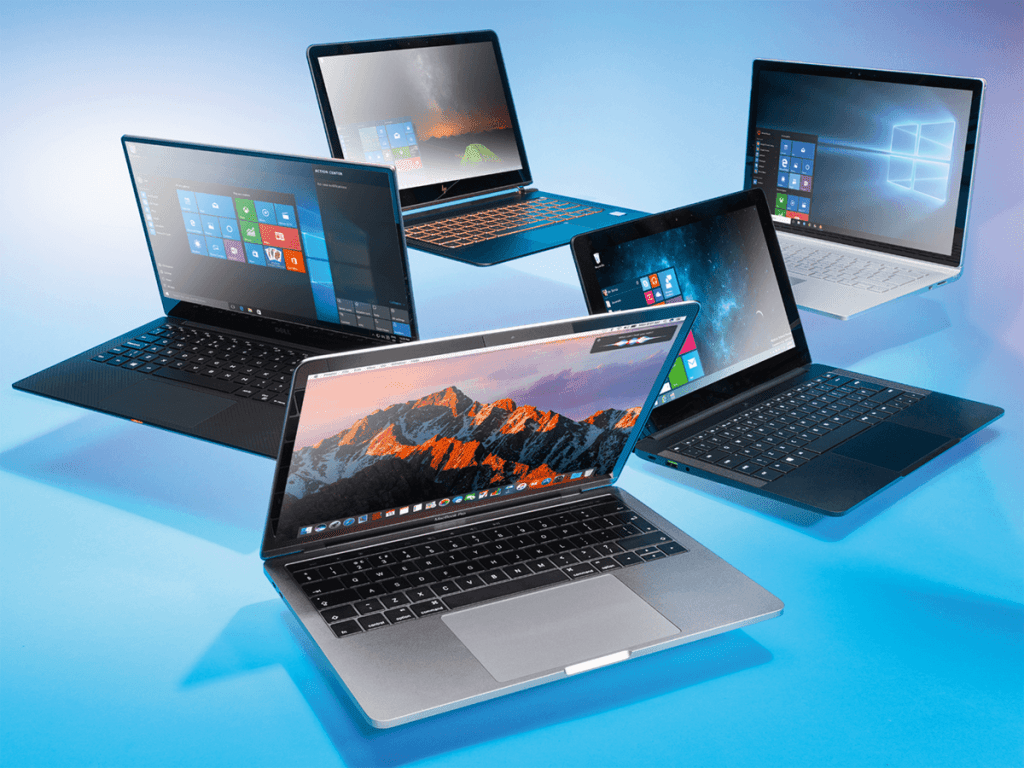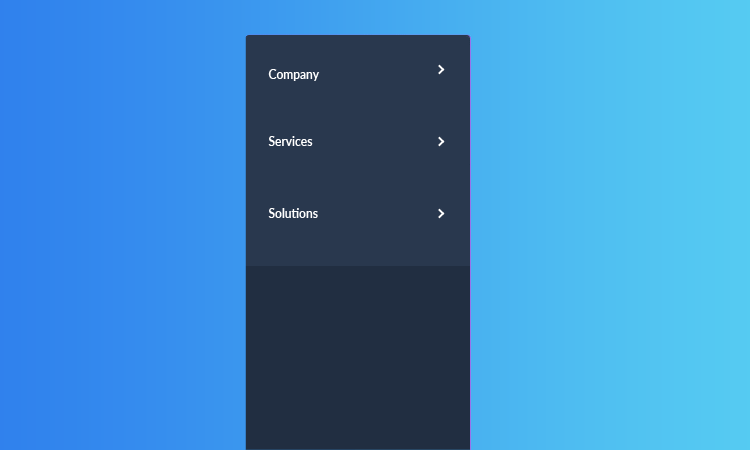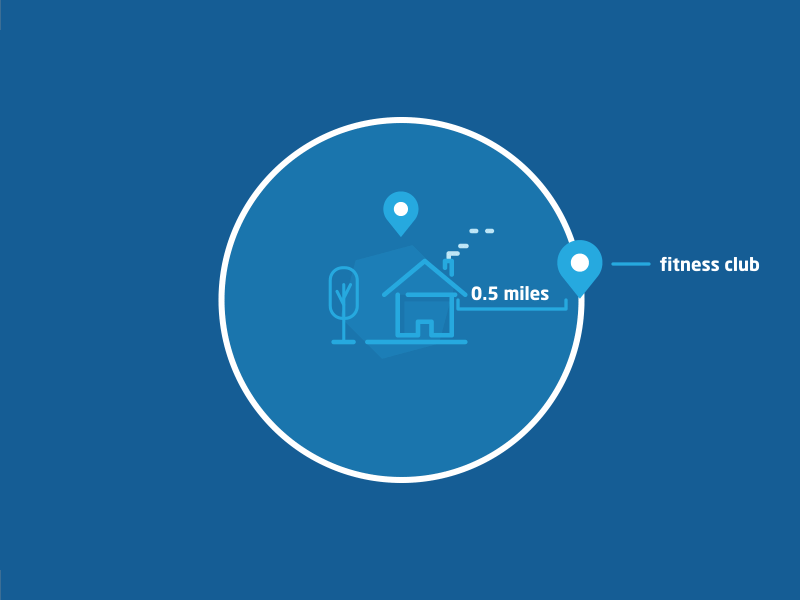Today, laptops offer plenty of functionality that almost match that of desktop PCs. This can make laptop shopping a bit chaotic, and especially when you have a specific agenda for it. However, one thing is for sure: you definitely want a laptop that will meet all your needs. Video editing, such as with Adobe After Effects, demands decent hardware specifications. We’ve gone ahead and evaluated the Top 8 Laptops for After Affects.
Microsoft Surface Book 2
If you are after versatility, the Surface Book 2 is a great choice. Packed with an NVIDIA GeForce GTX 1060, you can bet that the laptop is more than up for the task. It’s power-efficient 8th Gen Intel Core i7-8650U is exactly what every video editor requires as it balances performance with power consumption. In essence, it adapts to your way of working and can be used in four modes: studio mode, laptop mode, view mode, and tablet mode. This gives you endless ways of working comfortably. After Effects is just one of the many things that it can handle as the 16GB RAM and the 3240 x 2160 resolution take productivity to a whole new level.
2018 MacBook Pro
Not a Microsoft Windows fan? Not a problem. The MacBook Pro can take up the mantle. Available in both the 13-inch and 15-inch models, video editors would fancy the 15-inch model for their After Effects projects. The 15-inch model comes with an AMD Radeon R9 M370X as its dedicated GPU and an i7-8550H processor to top it up. With a configurable memory of up to 32GB, you can max out all the power for multi-tasking between After Effects and other support applications such as Adobe Premiere Pro. While battery life is not usually a big deal whenever users go after laptops with GPUs, the MacBook Pro promises up to 10 hours of battery life when surfing the web. This would relate to a 3 to 4-hour battery life under intense video editing.
HP ZBook x2
Equally fitted with an i7 processor, the ZBook x2 differs from the MacBook Pro because of its adaptability. Its NVIDIA Quadro M620 GPU may seem inferior to that of the Surface Book Pro 2 but would still be ideal for After Effects. It allows up to two 4K external displays which lets you push productivity a bit further. However, because of its design, the ZBook x2 would better suit artists and animators rather than video editors. Hence, if you are a content creator looking for high resolution pen-enabled workstation, you should consider the HP ZBook x2.
Yoga 720
This Lenovo beast has an NVIDIA GTX 1050 Ti GPU and a core i9 processor. Harmoniously, the screen pad is built into the touchpad to make multitasking easy. So far, the Yoga 720 is among one of the most powerful pen-enabled PCs while coming with a rather decent price tag when you compare the other laptops we’ve reviewed. Other great features of the Yoga 720 include a long battery life battery and an optional 4K screen model.
Dell XPS 15
The specifications that define the XPS 15 are: good overall graphics performance, vibrant screen, unique design, and excellent battery life. It holds the gold standard rate when it comes to premium notebooks and is certainly among the sleekest and most powerful notebooks in the market. To add to its modern industrial design, it comes equipped with an i7 processor and the NVIDIA GeForce GTX 1050 Ti graphics. At this point, this would seem redundant and cliché, but many forget to talk about the laptop’s premium design and plenty of helpful utility software such as the power manager that enables a user to regulate power consumption for more demanding tasks and run diagnostics on the system battery as well. Irrefutably, the Dell XPS 15 can do it all when it is a matter of video editing.
Razer Blade Pro
The Razer Blade Pro is an equally powerful contender and one of the thinnest laptops in the market. The 4K display it comes with offers a rich diversity of colors which makes details on the screen sharp. Notwithstanding its slimness this laptop is equipped with the NVIDIA GeForce GTX 1080 GPU which makes it special in more ways than one. Razer Blade Pro can conquer any task with the extreme performance of its processor. Thus, Adobe After Effects would not be an issue for this PC.
Acer Nitro 5 Spin
Your computer must meet the minimum technical specifications for it to be able to run and use After Effects. If you are on a tight budget the Acer Nitro 5 Spin is probably the best choice for you. Being a 2-in-1 it can be used in a variety of modes and performs well in laptop mode. The touch screen response is fairly good and the trackpad also works well with Windows 10 gestures. For a low budget laptop, the Acer Nitro 5 Spin stands out with regards to its compatibility with After Effects.
Alienware M15
This is yet another one from Dell. Primarily known as a gaming laptop, the Alienware m15 houses a good deal of GPU and CPU power. A 2.2 GHz Intel Core i7-8750H processor and 32GB of RAM make the Alienware m15 an overkill when it comes to video editing. Compared to other gaming laptops, it has the one of the best batteries in its class. This is remarkable for a laptop that is mostly considered great for gaming and not video editing. This would mean that it is more than ideal for video editing tasks and in turn great for all your After Effects projects.
That’s it for our list! If you are interested in our selection criteria, read more below.
What Makes a Good Laptop for After Effects?
For the Central Processing Unit (CPU), the more cores your CPU has, the higher the capability to process data and give you a good overall performance. On the other hand, the Random Access Memory (RAM) is crucial as well since this is where data is temporarily stored before being processed. As video files can be large, you’d want a RAM that can have your back all through. However, if your laptop comes with a dedicated Graphics Processing Unit (GPU), you can comfortably smile during video editing as the GPU is the all-father in video editing. Thus, it is essential to have a laptop with a dedicated GPU since it handles all things graphics more effectively than laptops lacking GPUs. It would be folly to forget screen resolution as well, especially since 4K videos are gaining popularity by the day.
Boiling down to the actual specifications of the laptop can become a bummer because different people have different needs. If your intended function for the laptop is to create professional videos for a YouTube channel, for instance, your requirements would be higher than that of someone who creates 2-minute videos with the aid of Adobe After Effects. However, it creates a clear picture of what you need to look for when choosing a laptop. With that said, below is a review of some of the coolest laptops for After Effects that would put things into perspective and help you decide.
Are These The Only Factors for Selecting a Laptop?
Certainly not. The features of a good laptop are somewhat simple for less-demanding computer users. Since laptop preferences are often personal, it is important to consider other general specifications before settling for a specific laptop. Things such as the preferred brand, the input and output ports should also be taken into account as they will dictate the ease with which you can share your content to other people. Details such as physical size, storage capacity, connectivity, and speed of RAM play an important role too, but you can bet that most laptops mentioned above already have the best features.
Conclusion
To sum it all up, if you are looking for a good laptop for After Effects, you will most certainly need one that meets the minimum requirements for the program to run. However, you can never go wrong with a laptop that is already fitted with a GPU. As you have noticed from the laptops reviewed above, multi-core processors and at least 16GB of RAM keep repeating. Hard disk space was not greatly focused on because almost all laptops with the minimum specifications for After Effects come with at least 256GB of Hard Disk Drive space which is considered sufficient for the installation of After Effects and also for storage of video projects. Of course, as with most software products, there is usually a give or take and Adobe After Effects is no exception. Supposing you fall short of the minimum system requirements, After Effects might still run, but the experience may not be all that pleasant. While the general narrative has been to choose a laptop with a decent GPU, you should not forget that a fast CPU will also improve your overall experience during the video editing process.



















































































